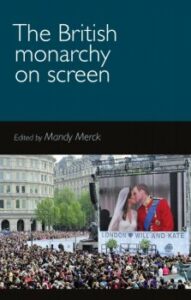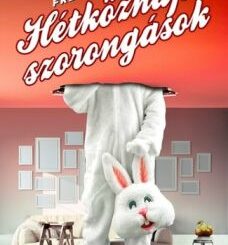The British Monarchy On Screen
Moving images of the British monarchy, in fact and fiction, are almost as old as the moving image itself, dating back to an 1895 American drama, The Execution of Mary Queen of Scots. British monarchs even appeared in the new ‘animated photography’ from 1896, led by Queen Victoria. Half a century later, the 1953 coronation of Elizabeth II was a milestone in the adoption of television, watched by 20 million Britons and 100 million North Americans. At the century’s end, Princess Diana’s funeral was viewed by 2.5 billion worldwide. In the first book-length examination of film and television representations of this enduring institution, distinguished scholars of media and political history analyse the screen representations of royalty from Henry VIII to ‘William and Kate’. Seventeen essays by international commentators including Ian Christie, Elisabeth Bronfen, Andrew Higson and Glynn Davies examine the portrayal of royalty in the ‘actuality’ picture, the early extended feature, amateur cinema, the movie melodrama, the Commonwealth documentary, New Queer Cinema, TV current affairs, the big screen ceremonial and the post-historical boxed set. Among their concerns are the commercial value of royal representations, the convergence of the monarch and the movie star, and the British monarchy’s historical use of the moving image to further its legitimacy. This book is a long-overdue contribution to film and television studies, and will be essential reading for scholars and students of British media and political history. This title was made Open Access by libraries from around the world through Knowledge Unlatched.
Netherlands, Europe: Manchester University Press, 2016.
This e-book is freely available on the internet.




